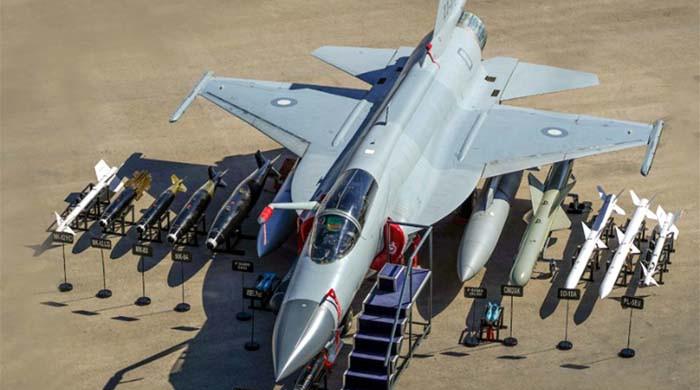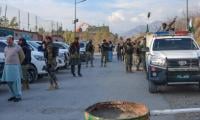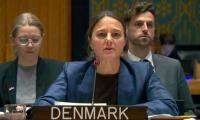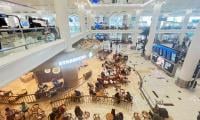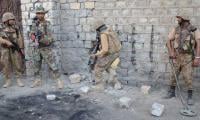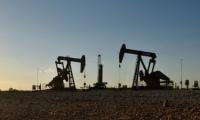Pakistan's NED University tests product that enable buildings to withstand earthquake
A significant building stock in Pakistan and other parts of the world consists of seismically deficient building structures.
These buildings pose a serious threat to human lives. Life and property losses have been witnessed after recent earthquakes in Pakistan such as 2005 Kashmir earthquake, 2013 Mashkel earthquake, 2013 Awaran earthquake and 2015 Afghanistan earthquake.
Being a natural hazard, earthquakes cannot be prevented or controlled. However, the risk to damages can be reduced by effective mitigation efforts.
A resilient built infrastructure helps great deal in achieving this objective.
Reinforced concrete (RC) frame construction is a prevalent construction type in different parts of Pakistan and elsewhere.
These buildings are long lasting in many conditions and in conducive environment, and are considered a better construction type in seismic regions.
In some cases, the resistance of these buildings may fall short of that required by the design codes.
The reasons may include change in occupancy, faulty design or increased force demand suggested by the revisions in the prevalent building codes.
These instances require that the capacity of the existing structures is increased by carrying out retrofit which could be designed based on the conditions and requirements of the capacity enhancement.
Concentrically and eccentrically braced frames are used widely for steel construction in seismic regions in different parts of the world.
These diagonal bracing members deform inelastically during a moderate to severe earthquake excitation.
The capacity of conventional braced frames is controlled by the buckling of bracing in compression which significantly reduces energy dissipation capacity and strength of the frame in compression.
As a result, large cross sectional areas are needed to allow the bracing members to yield in compression (without buckling), similar to their behaviours in tension.
Buckling restrained bracing (BRB) provides an alternate of the conventional braces.
The development of BRB started in Japan with the work of Prof Watanabe and his colleagues in 1988. These were employed for the seismic strengthening of buildings in Japan after the 1995 Kobe earthquake.
The application of BRB in Japan was followed by their use in building retrofitting in USA.
BRBs act as hysteretic dampers. The main concept of buckling restraining is to decouple stress resistance of main yielding steel member from the flexural buckling resistance.
As a result, BRB reinforced frames yield in both tension and compression without buckling.
Main characteristics of BRBs include enhanced energy dissipation, excellent ductility and symmetrical hysteretic response.
The existing designs of BRBs were studied by the University of Ottawa, Canada and an improved design was provided to overcome deficiencies in the existing designs.
The development of this improved design was carried out by Steel Canada Limited (SCL), Canada.
In order to assess the dynamic performance of this design scheme, the Department of Earthquake at NED University of Engineering and Technology was engaged by SCL to test the performance of a BRB strengthened RC frame and to compare its performance with a control frame without BRB.
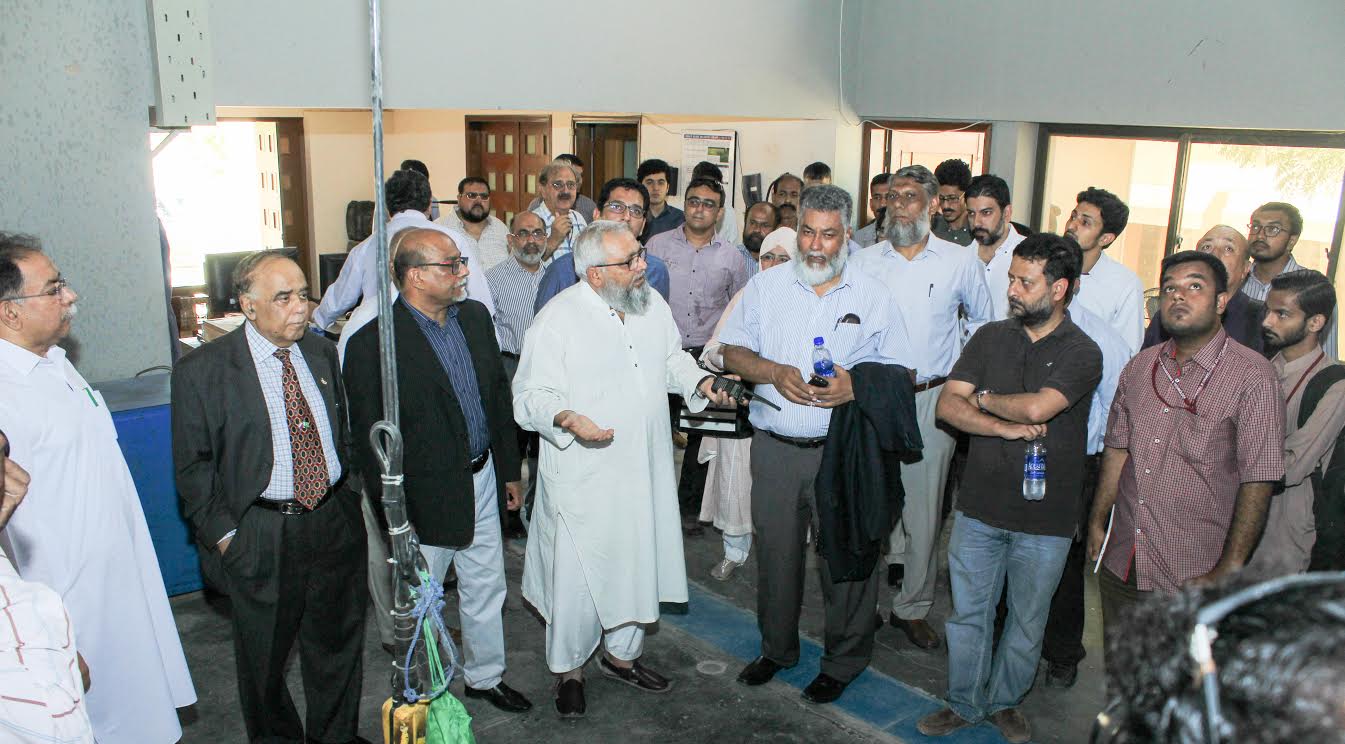
The shaking table in the Department of Earthquake Engineering was used to conduct dynamic testing of these frames.
The observations made during the test provided evidence of effectiveness of the BRB produced by SCL to resist large earthquake forces.
The use of this product in Pakistan to strengthen RC buildings could provide new employment opportunities in the country.

-
Security forces gun down 30 terrorists in multiple IBOs in KP: ISPR
-
MQM-P calls for new province in Sindh
-
US report validates Pakistan military edge over India: PM
-
Banned TTP poses serious threat to Pakistan security: UNSC panel
-
CM Afridi clarifies remarks on by-poll after ECP requests army deployment
-
Dubai sees 3.2m Pakistani passengers in 2025 as airport sets new milestone
-
Security forces kill 23 Indian proxy terrorists in KP's Kurram
-
Pakistan to construct island to boost oil exploration: report


